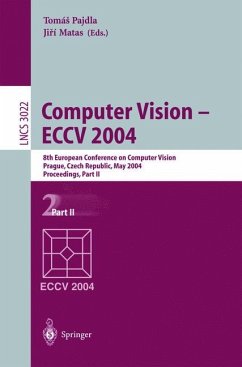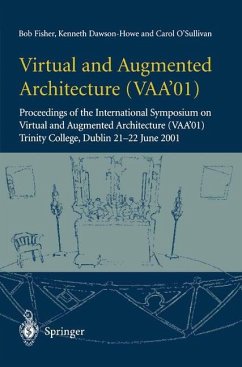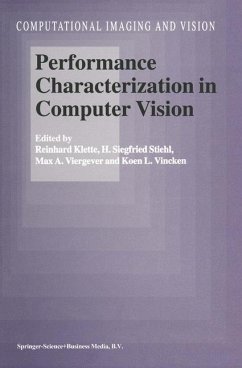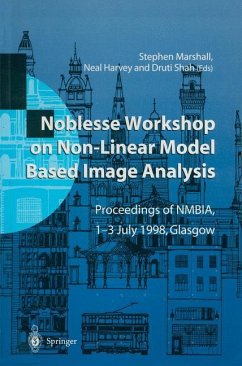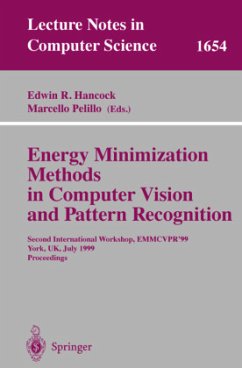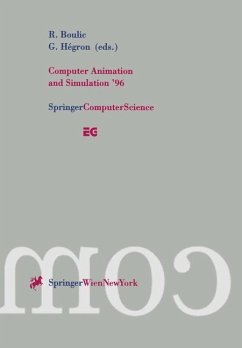
Handbook of Mathematical Models in Computer Vision
Versandkostenfrei!
Versandfertig in 6-10 Tagen
76,99 €
inkl. MwSt.

PAYBACK Punkte
38 °P sammeln!
This comprehensive volume is an essential reference tool for professional and academic researchers in the filed of computer vision, image processing, and applied mathematics. Continuing rapid advances in image processing have been enhanced by the theoretical efforts of mathematicians and engineers. This marriage of mathematics and computer vision - computational vision - has resulted in a discrete approach to image processing that is more reliable when leveraging in practical tasks. This comprehensive volume provides a detailed discourse on the mathematical models used in computational vision from leading educators and active research experts in this field. Topical areas include: image reconstruction, segmentation and object extraction, shape modeling and registration, motion analysis and tracking, and 3D from images, geometry and reconstruction. The book also includes a study of applications in medical image analysis.
Handbook of Mathematical Models in Computer Vision provides a graduate-level treatment of this subject as well as serving as a complete reference work for professionals.
Handbook of Mathematical Models in Computer Vision provides a graduate-level treatment of this subject as well as serving as a complete reference work for professionals.
Abstract Biological vision is a rather fascinating domain of research. Scientists of various origins like biology, medicine, neurophysiology, engineering, math ematics, etc. aim to understand the processes leading to visual perception process and at reproducing such systems. Understanding the environment is most of the time done through visual perception which appears to be one of the most fundamental sensory abilities in humans and therefore a significant amount of research effort has been dedicated towards modelling and repro ducing human visual abilities. Mathematical methods play a central role in this endeavour. Introduction David Marr's theory v^as a pioneering step tov^ards understanding visual percep tion. In his view human vision was based on a complete surface reconstruction of the environment that was then used to address visual subtasks. This approach was proven to be insufficient by neuro-biologists and complementary ideas from statistical pattern recognition and artificial intelligence were introduced to bet ter address the visual perception problem. In this framework visual perception is represented by a set of actions and rules connecting these actions. The emerg ing concept of active vision consists of a selective visual perception paradigm that is basically equivalent to recovering from the environment the minimal piece information required to address a particular task of interest.





